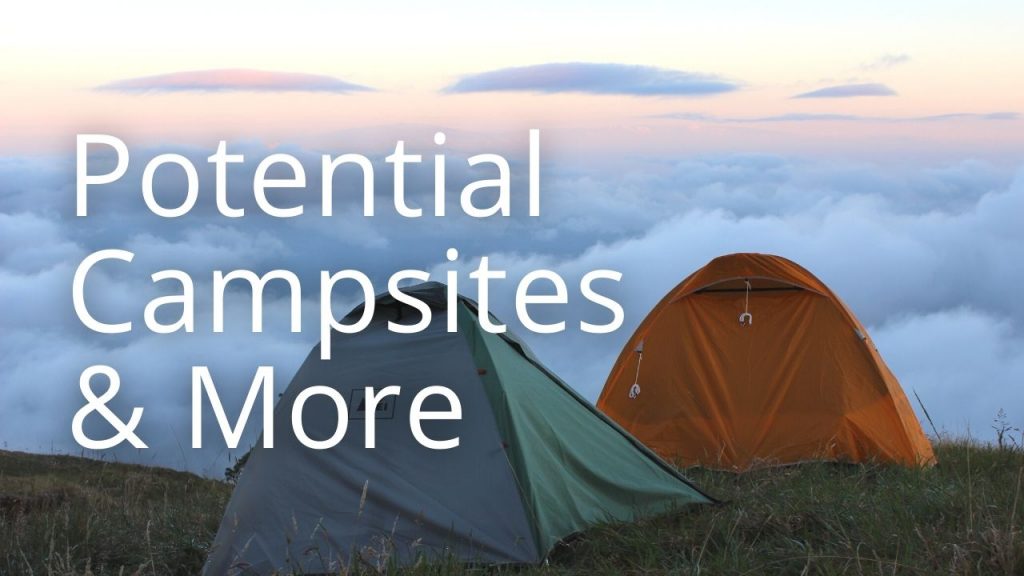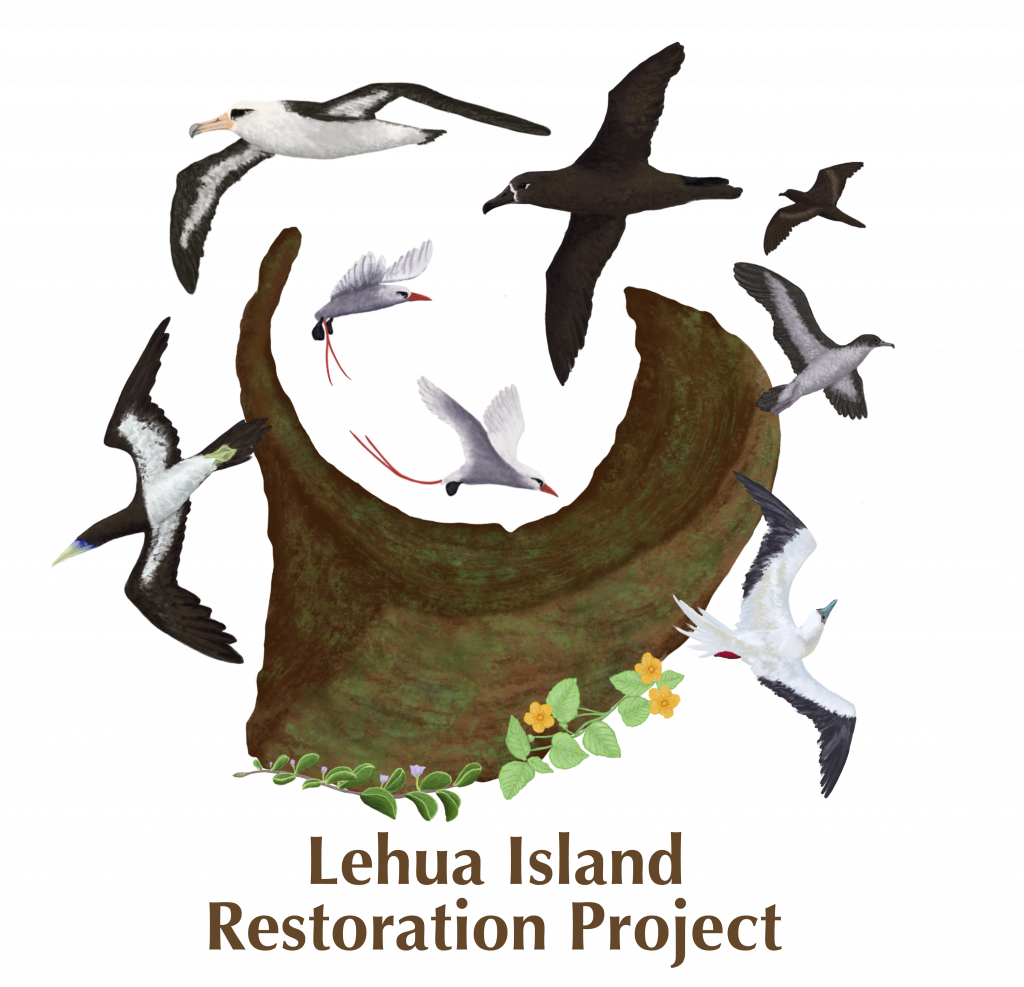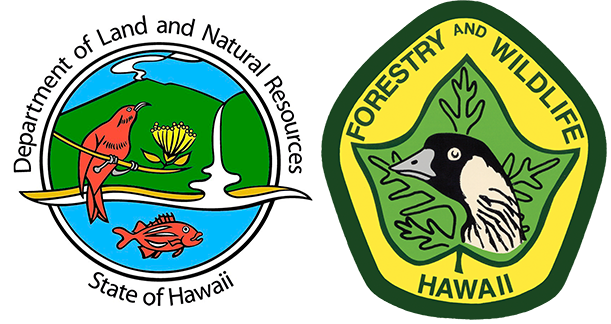Kauaʻi Projects & Plans
The Kauaʻi Forestry & Wildlife Branch engages in a number of projects and partnerships across our island. Information below is provided to help Kauaʻi residents understand the work of the Branch in some of the projects we undertake to steward our natural and cultural resources. If you’re looking for a management plan or other resource related to a specific location on Kauaʻi and don’t see it below, try checking our Kauaʻi Lands page to find a specific Natural Area Reserve, Forest Reserve, or other area.
Proposed & Potential Projects
 |
Proposed Hoofed Animal Fences and Honopu Predator ControlFencing is a proven way to stop nonnative, hoofed animals from damaging remote, intact native forests and to allow recovery of native plants and animals.On Kauaʻi 3% of native forests have been protected to date by fencing. This amount of protection is far less than other islands. Kauaʻi DOFAW strives to do better! The web map below shows some proposed hoofed animal fences and a potential “free zone.” You can learn more about this tool and proposed projects, including predator control in Honopu Valley, on our Fencing page. |
 |
Potential Campsites, Shelters, and Maintenance Tail DLNR-DOFAW currently maintains features like roads, trails, campsites, and shelters and to improve hiker and hunter access. Due to lack of funding and damage from natural disasters, certain features are in disrepair. DLNR-DOFAW works with the Na Ala Hele Advisory Committee to prioritize which features should be maintained more regularly, or new features to create. The web map below shows some potential new sites for campsites and shelters, as well as a maintenance trail connecting the Kuʻia Natural Area Reserve and Nā Pali-Kona Forest Reserve. |
Ongoing Projects
The projects below are ongoing efforts. Many are collaborations with the University of Hawaiʻi or other groups.
 |
Lehua Island Ecosystem Restoration Project Lehua Island is now considered rat-free after decades of work by a wide range of partners to remove invasive rabbits and rats from the island in order to protect native bird habitat. The project now focuses on biosecurity (making sure rats are not accidentally reintroduced to the island), vegetation restoration of native plants, and attracting more native birds to nest on the island. Learn more about the Lehua Island Ecosystem Restoration Project |
 |
Kauaʻi Endangered Seabird Recovery Project KESRP is a DOFAW project, administered through the Pacific Studies Co-operative Unit of the Research Corporation of the University of Hawaiʻi. The project focuses primarily on the three endangered seabirds found on the island of Kauaʻi – Newell’s Shearwater (Puffinus newelli), Hawaiian Petrel (Pterodroma sandwichensis), and Band-rumped Storm-Petrel (Oceanodroma castro). Learn more about the Kauaʻi Endangered Seabird Recovery Project |
 |
Kauai Forest Bird Recovery Project The Kaua‘i Forest Bird Recovery Project aims to promote knowledge, appreciation, and conservation of Kaua‘i’s native forest birds. The project focuses on one threatened (i’iwi) and three federally endangered species (puaiohi, ‘akikiki, and ‘akeke’e), with the goal of facilitating recovery of their populations in the wild. |
Proposed Project Map
Here you can learn about some of the DLNR Division of Forestry and Wildlife’s (DOFAW) current and proposed Kauaʻi projects. Hikers, Hunters, cultural practitioners, and other visitors are the eyes and ears of the forest and can greatly inform where the DOFAW should focus its limited resources.
On the interactive map below, click on any number of map layers, or overlay them on top of each other to learn more about trails, hunting areas, shelters, as well as potential new projects or changes in the future. Not sure how to use the map? View our tutorial video here. Many of the new projects or changes take funds that we don’t yet have and/or time to accomplish. After using the below Story Map and reading more in this website, please give us your manaʻo by emailing us at [email protected].
